As a devoted fan of movies, especially those that get my feet moving, musicals and dance films hold a special place in my heart. So, when the remake of Dirty Dancing was announced in 2017, I was ready to embrace it. Having even enjoyed the stage version, I anticipated this remake would be a delightful revisit to a beloved story.
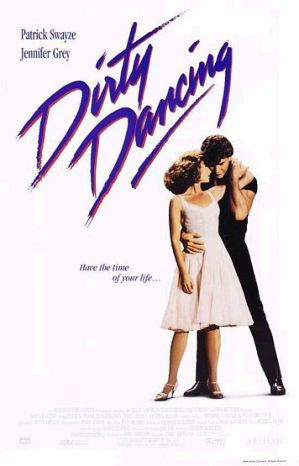 Classic movie poster for Dirty Dancing (1987), showcasing Patrick Swayze and Jennifer Grey in an iconic dance pose.
Classic movie poster for Dirty Dancing (1987), showcasing Patrick Swayze and Jennifer Grey in an iconic dance pose.
However, like many viewers, I found myself deeply disappointed. The Dirty Dancing remake simply didn’t live up to the iconic original. But the question remains: why? Was it just the inherent challenge of remaking a classic, or were there deeper flaws? Let’s delve into the specifics of why the 2017 Dirty Dancing film fell so flat, and what lessons can be learned about remaking beloved movies. Spoiler alert: plot details ahead!
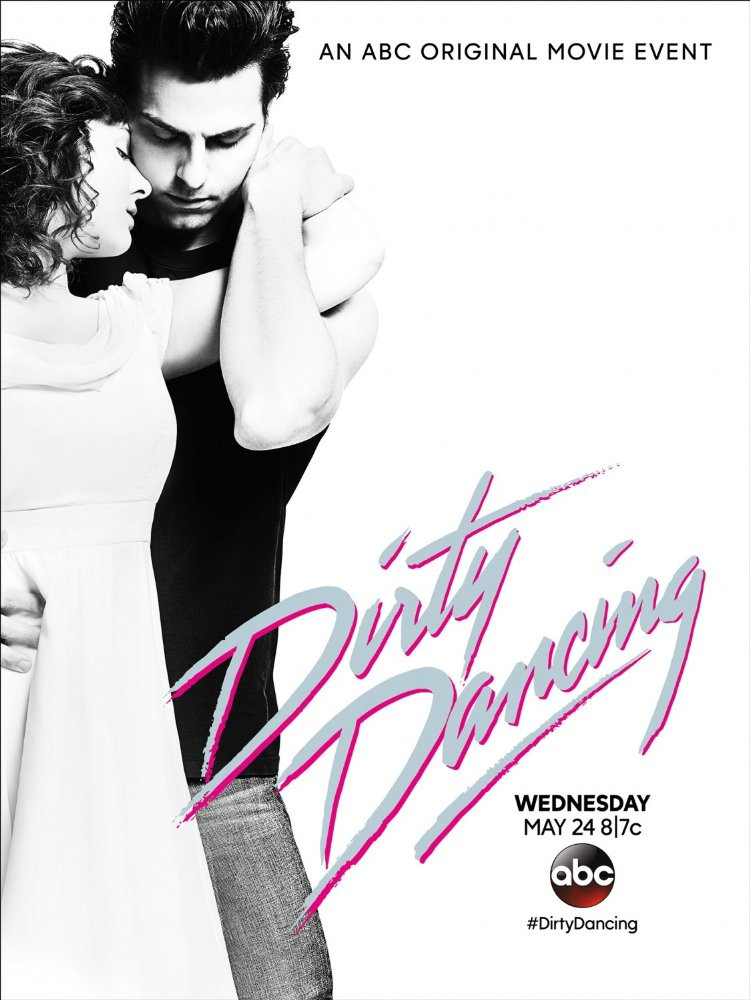 Promotional poster for the 2017 Dirty Dancing remake, featuring Abigail Breslin and Colt Prattes, highlighting the updated cast.
Promotional poster for the 2017 Dirty Dancing remake, featuring Abigail Breslin and Colt Prattes, highlighting the updated cast.
Casting Missteps: Abigail Breslin as Baby
First and foremost, while Abigail Breslin is a talented actress, her casting as Baby Houseman felt like a significant misstep. In the original Dirty Dancing, Jennifer Grey’s portrayal of Baby was crucial to the film’s charm. Initially, Grey’s Baby was endearingly awkward and visibly untrained in dance. Her journey of learning to dance, marked by her famously “square” hips and lack of rhythm, was a relatable and inspiring part of her character arc. Through lessons with Johnny and practice, she transformed into a confident and graceful dancer.
Unfortunately, Breslin’s portrayal lacked this crucial transformation. Throughout the remake, her dancing never convincingly evolved. Her mambo performance at the Shelldrake, intended to be a pivotal moment showcasing her progress, felt more akin to an early-stage contestant on a dance competition show. The anticipated growth and liberation through dance, so central to Baby’s character in the original, was simply missing in this rendition.
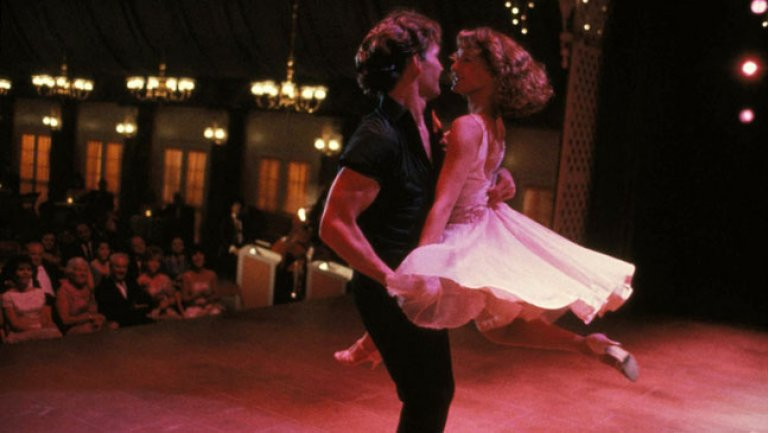 Abigail Breslin as Baby in the finale of the 2017 Dirty Dancing remake, performing a dance routine on stage.
Abigail Breslin as Baby in the finale of the 2017 Dirty Dancing remake, performing a dance routine on stage.
Plot Twists That Undermined the Romance: Johnny and Vivienne
Another significant deviation from the original that weakened the remake was the storyline involving Johnny’s character. In the 2017 version, Johnny was depicted as being romantically involved with Vivienne Pressman while simultaneously developing feelings for Baby. This plot addition, presumably intended to create dramatic tension or set up a later plot point, fundamentally altered Johnny’s character and the core romance of the story.
The original Johnny was portrayed as a “bad boy with a heart of gold,” a complex character with a strong moral compass despite his rough exterior. Making him involved with Vivienne while pursuing Baby introduced an element of infidelity and undermined the purity of his connection with Baby. When Penny urges Johnny to end things with Vivienne, his response that he would “be back in her bed later” was jarring and completely out of sync with the romantic arc the film was trying to build. This change tarnished Johnny’s character, making him less of the redeemable hero and more of a simply flawed individual, detracting from the central love story. Furthermore, the iconic black pants that were a signature element of Johnny’s style in the original were also absent, a seemingly minor detail that contributed to the overall feeling of something being “off.”
Musical and Choreographic Misinterpretations
While the idea of Johnny, played by Colt Prattes, singing the songs in the remake held initial appeal for musical fans, the execution fell short. The musical arrangements of the classic Dirty Dancing soundtrack were heavily altered, often sounding amateurish and lacking the iconic feel of the originals. The songs felt like they had been run through a generic soundboard, losing their distinctiveness and emotional impact.
Moreover, the choreography appeared to be simplified, presumably to accommodate the actors’ singing performances, despite the fact that they were not singing live on set. A prime example is the famous “watermelon scene.” In the original, this scene was charged with sensual energy and “dirty grinding” dance moves that underscored the burgeoning connection between Baby and Johnny. In the remake, the scene was significantly toned down, becoming more of a casual walk-around with minimal dance interaction. This watering down of the choreography diminished the passion and intensity that were hallmarks of the original Dirty Dancing.
Unnecessary and Awkward Scenes: Vivienne’s “Fever”
The inclusion of Vivienne Pressman performing “Fever” was a particularly baffling and unnecessary scene. Vivienne, portrayed as a more mature woman involved with Johnny, was given a burlesque-style performance that felt completely out of place within the narrative. Like Baby, Vivienne’s character was not established as a dancer, and her awkward movements around Johnny onstage served no clear purpose in advancing the plot. If anything, it awkwardly highlighted their relationship without adding any meaningful depth or drama. The scene felt forced, as if solely created to give actress Katey Sagal a more prominent role, rather than serving the story.
In contrast, a singing scene involving Debra Messing as Baby’s mother, Marjorie Houseman, was a highlight. This scene effectively built the relationship between the Housemans and contributed to Baby’s character development. It was a moment that felt organic and advanced the plot by leading Baby to seek out Johnny, resulting in one of Breslin’s better scenes in the film. This demonstrated that musical moments could be effectively integrated into the remake, but Vivienne’s “Fever” scene was a clear example of how not to do it.
A Dissatisfying and Contradictory Ending
The ending of the Dirty Dancing remake also strayed significantly from the satisfying conclusion of the original, ultimately leaving viewers puzzled and frustrated. While the remake attempted to give Baby a more independent future by making her a writer, moving away from the predetermined path of becoming a doctor, the final scene undermined any sense of a hopeful reunion between Baby and Johnny.
Instead of a romantic reconciliation, the remake depicted Baby as married to someone else, flaunting her husband in front of Johnny. This choice was perplexing and contradicted the spirit of the original film, where audiences were left to believe in a happily ever after for Baby and Johnny. The final scene felt like a Lifetime movie cliché, lacking the emotional resonance and hopeful tone of the original’s iconic ending. Even Johnny’s parting line, “keep dancing,” felt hollow without the promise of their relationship continuing. The ending essentially suggested that Baby had moved on to a perfect life while Johnny was left behind, wistfully watching her – a stark contrast to the uplifting and romantic conclusion fans expected.
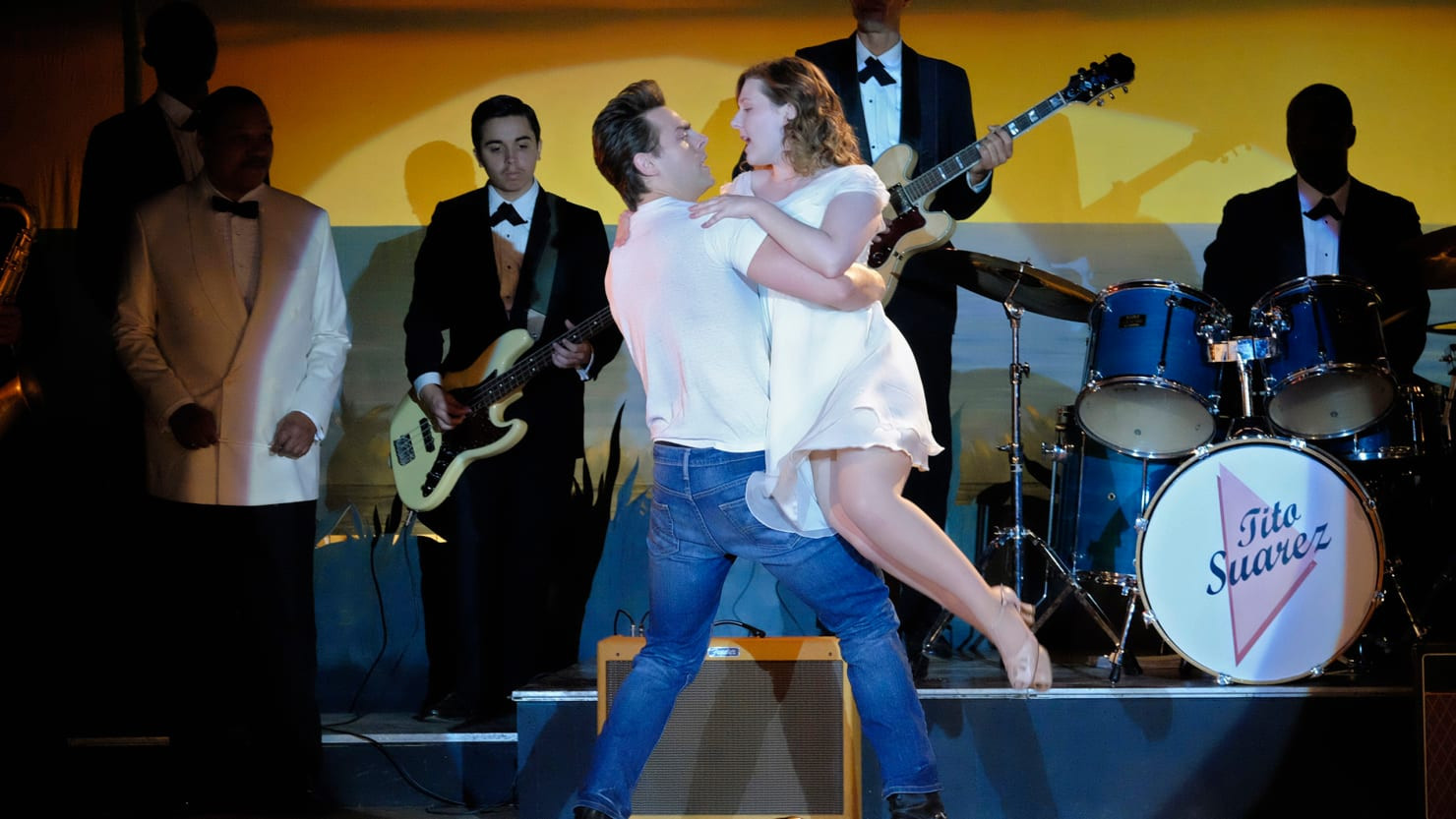 The ending scene of the Dirty Dancing 2017 film, depicting Baby with her husband and a distant Johnny, a departure from the original movie's finale.
The ending scene of the Dirty Dancing 2017 film, depicting Baby with her husband and a distant Johnny, a departure from the original movie's finale.
Lessons from Remake Failures
The failure of the Dirty Dancing remake, alongside other poorly received remakes like Grease Live, Hairspray Live, and The Sound of Music Live, highlights a critical lesson for casting directors. Simply casting well-known Hollywood names does not guarantee success in remaking beloved classics. What these remakes often lack is performers with genuine triple-threat talent – actors who can convincingly act, sing, and dance simultaneously.
The focus should shift towards finding performers with the necessary skills, even if they are not established Hollywood stars. Audiences are willing to embrace new faces if they bring authentic talent and capture the essence of the characters they are portraying. Continuing to prioritize name recognition over genuine ability will likely lead to more disappointing remakes that fail to recapture the magic of the originals.
Glimmers of Hope: Penny, the Housemans, and Sarah Hyland
Despite its numerous shortcomings, the Dirty Dancing remake was not entirely without merit. Nicole Scherzinger’s portrayal of Penny was a standout performance. She captured Penny’s attitude, dancing prowess, singing ability, and acting nuances effectively.
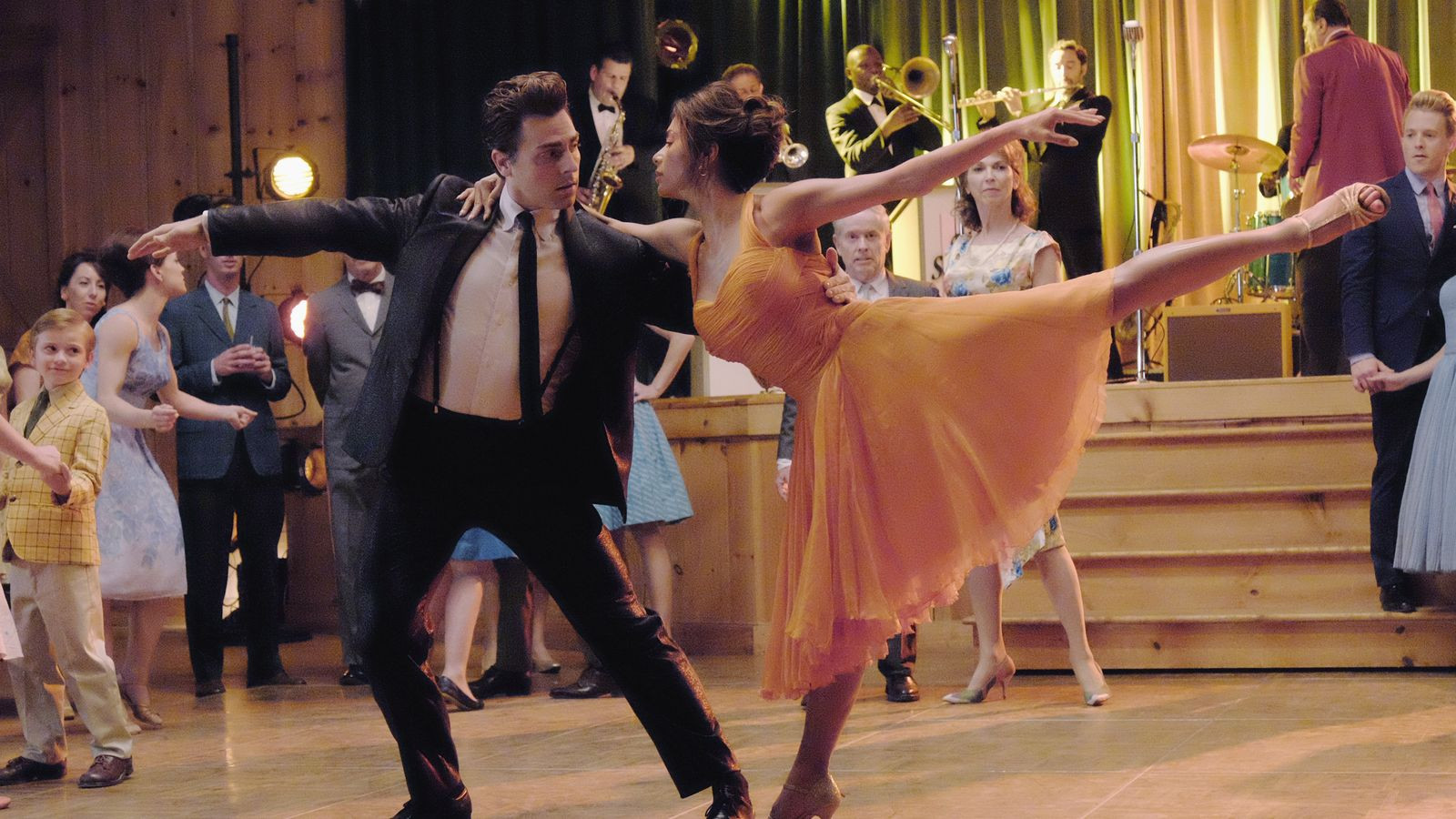 Nicole Scherzinger portrays Penny in the Dirty Dancing 2017 remake, praised for her portrayal of the character.
Nicole Scherzinger portrays Penny in the Dirty Dancing 2017 remake, praised for her portrayal of the character.
The remake also expanded the storylines of Baby’s parents, the Housemans, giving them more developed adult problems beyond just the typical parental roles. This added a layer of depth to the supporting characters. Additionally, Sarah Hyland’s character arc was improved, moving beyond the “vapid girl” stereotype of the original and offering a more nuanced and ultimately heartwarming storyline, particularly with the inclusion of her son at the end. These elements, while not enough to save the remake, did offer glimpses of potential and highlighted areas where the remake attempted to build upon the original in positive ways.
 Sarah Hyland in the Dirty Dancing 2017 remake, playing a character with a more developed storyline than in the original.
Sarah Hyland in the Dirty Dancing 2017 remake, playing a character with a more developed storyline than in the original.
In conclusion, while the Dirty Dancing film of 2017 attempted to revisit a classic, it ultimately failed to capture the magic of the original. Casting choices, plot alterations, misinterpretations of the music and choreography, and a disappointing ending all contributed to a remake that fell far short of expectations. The few positive aspects, like Scherzinger’s Penny and expanded supporting character storylines, were not enough to overcome the fundamental flaws. The Dirty Dancing remake serves as a valuable case study in the challenges of remaking beloved films and the importance of prioritizing talent and understanding the core elements that made the original so iconic.
